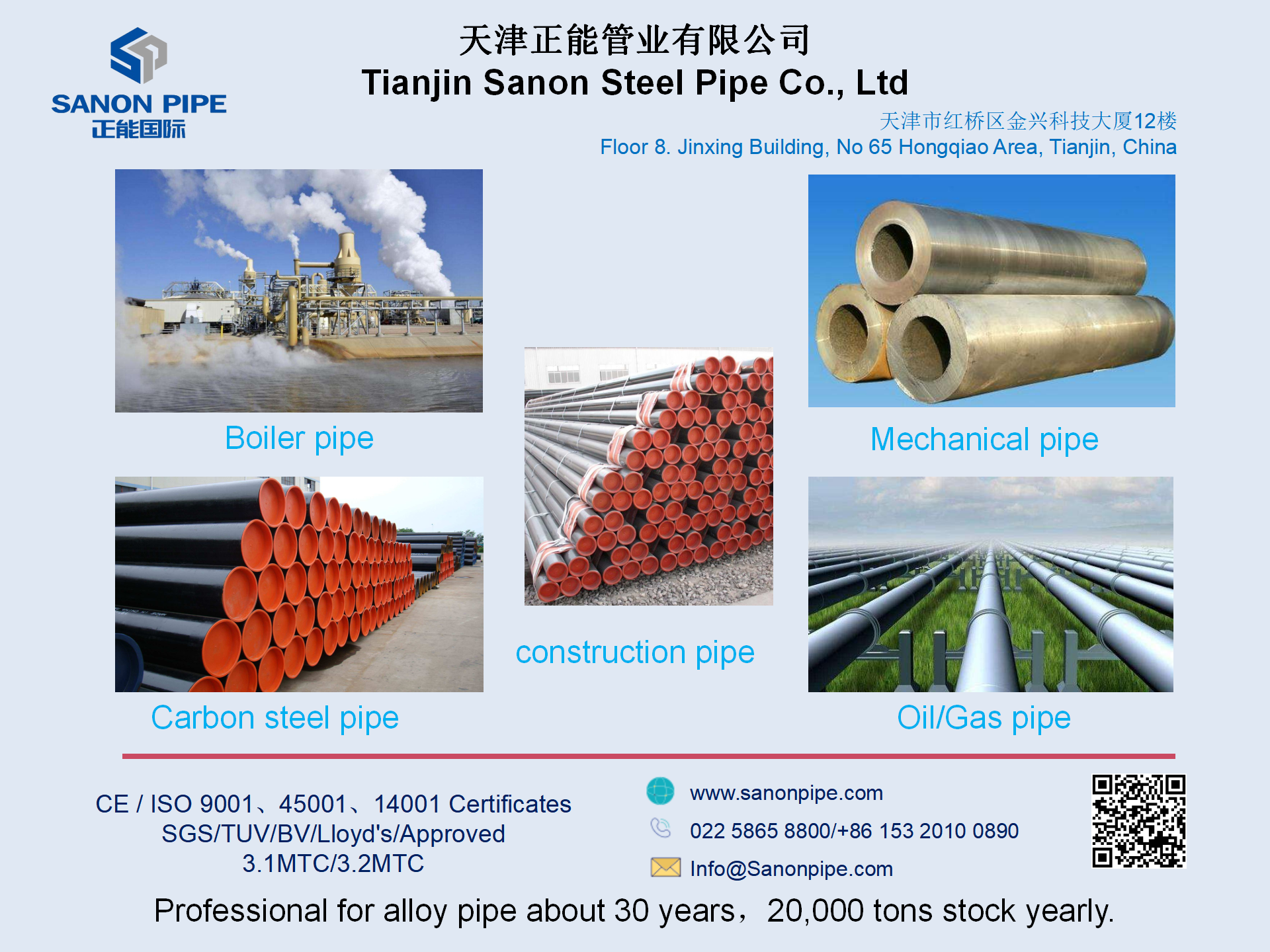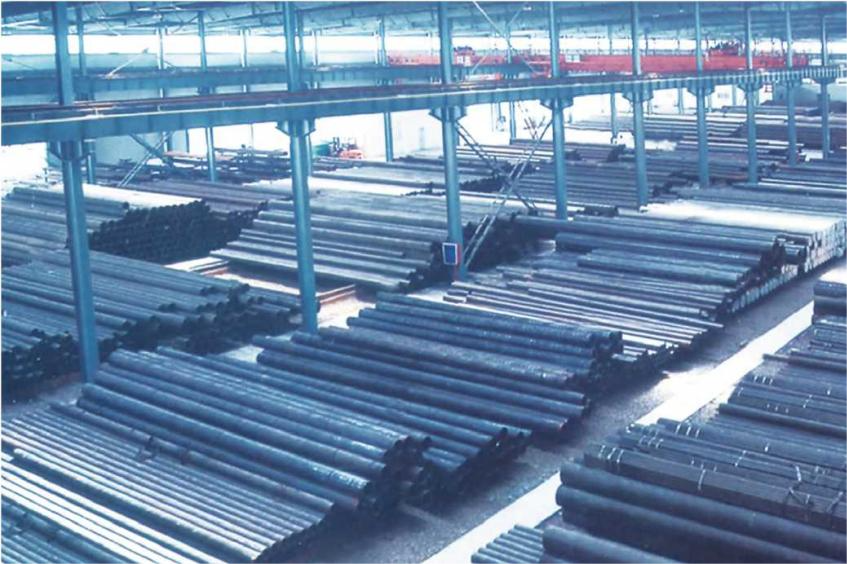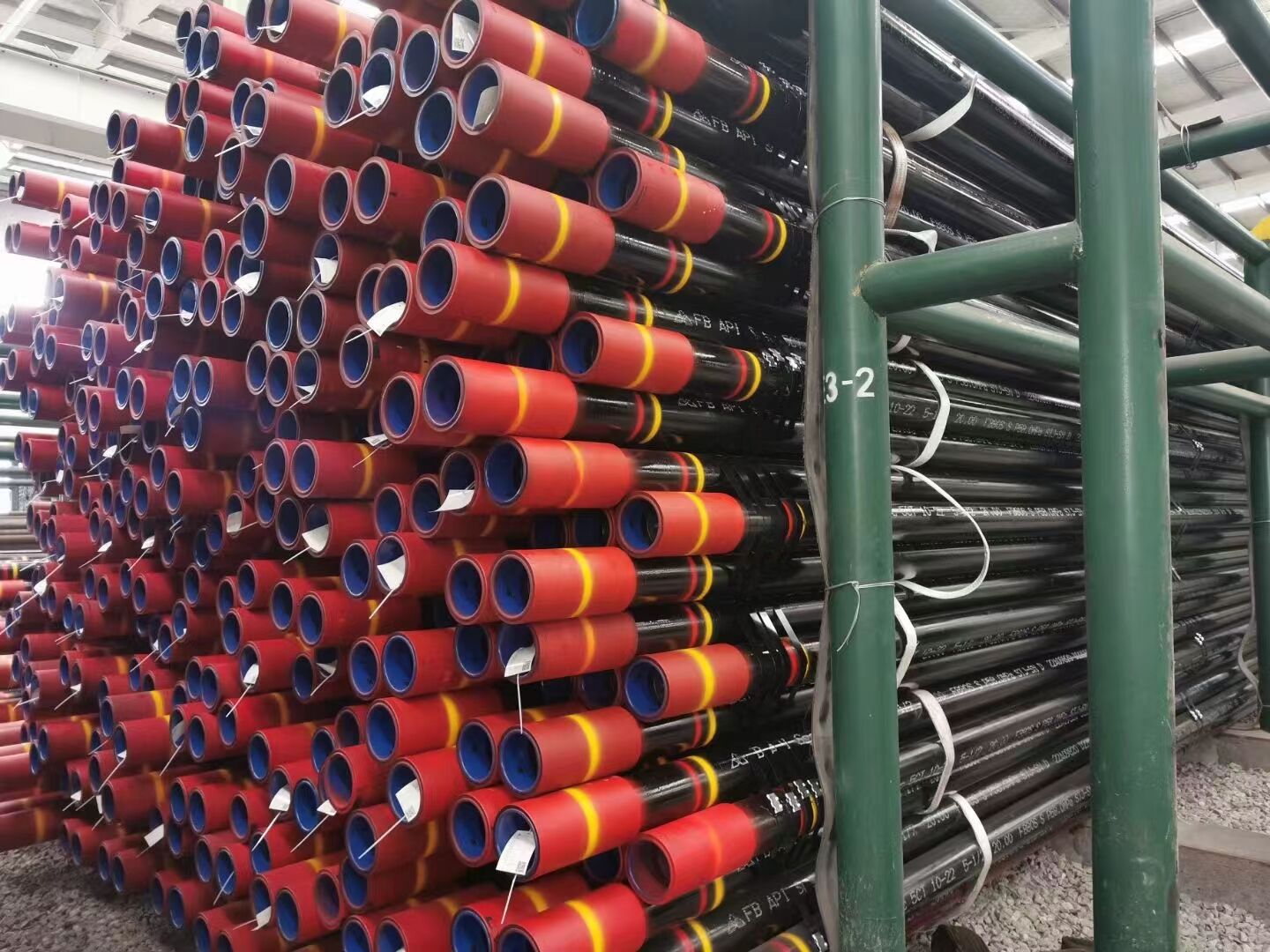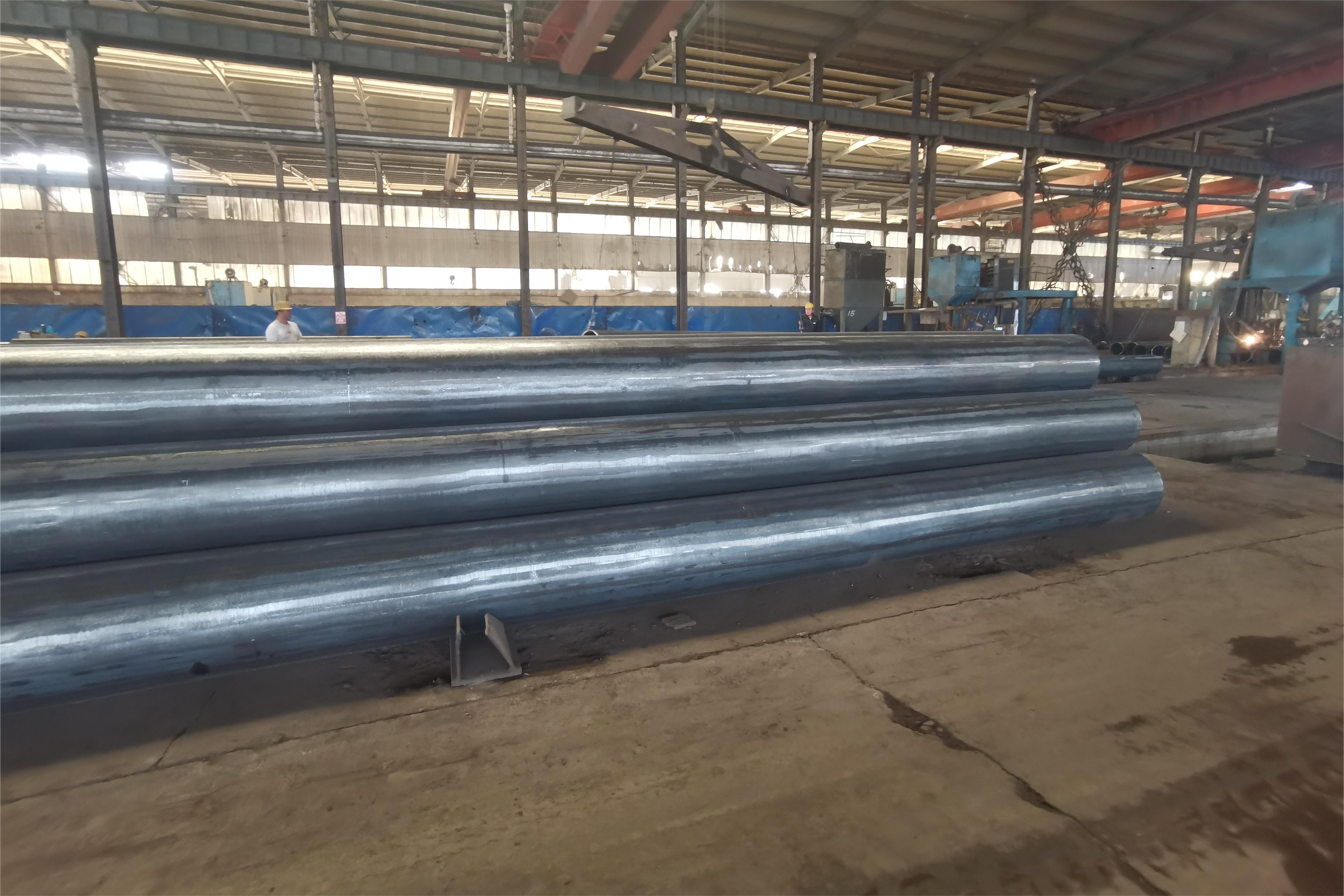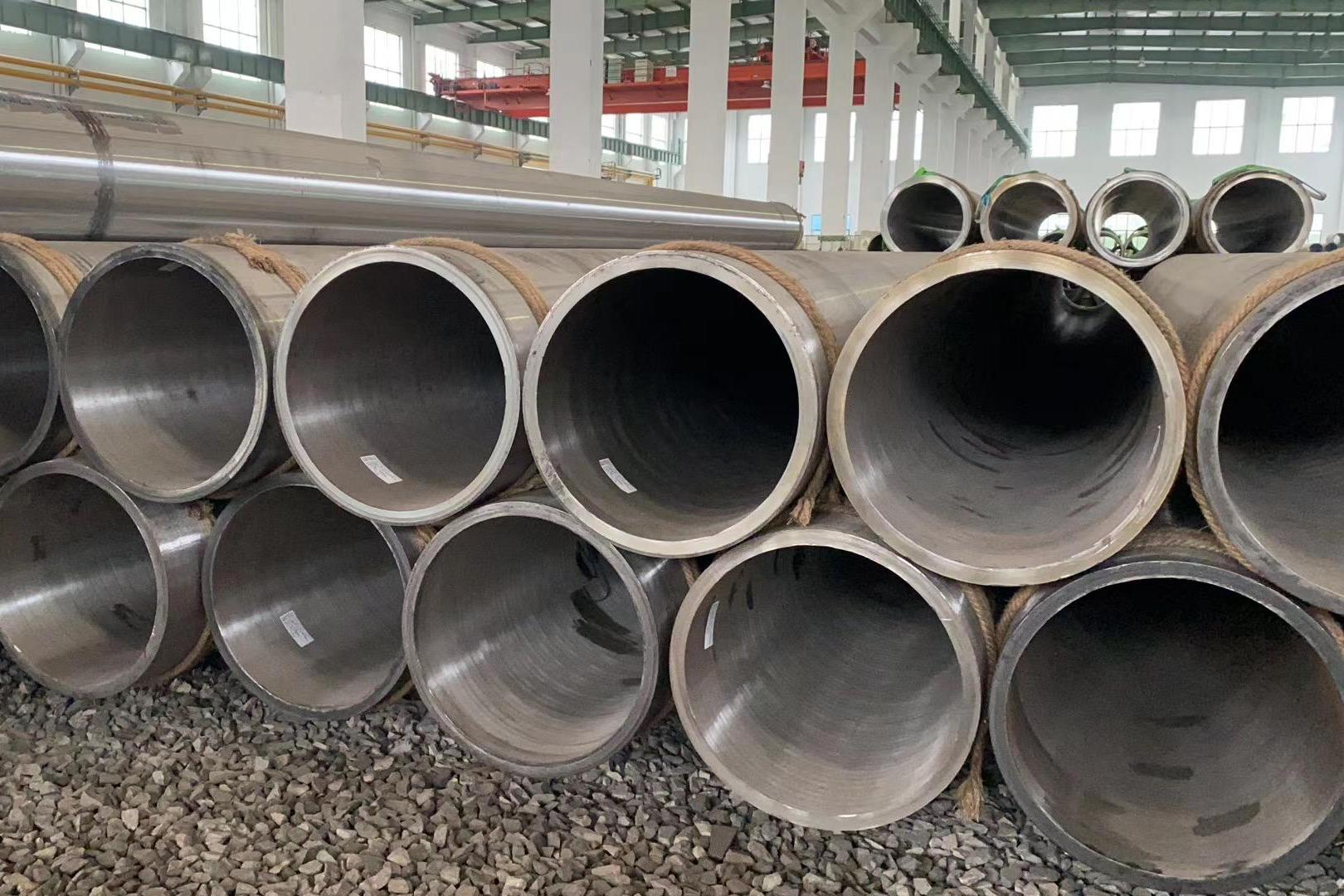Introduction to API 5L pipeline steel pipe
2024-04-16
Standard specifications API 5L generally refers to the execution standard for line pipe. Line pipe include seamless steel pipes and welded steel pipes. At present, the commonly used welded steel pipe types on oil pipelines include spiral submerged arc welded pipe (SSAW), straight seam submerged arc welded pipe (LSAW), and electric resistance welded pipe (ERW). Seamless steel pipes are generally selected when the pipe diameter is less than 152mm. The national standard GB/T 9711-2011 Steel pipes for oil and gas industry pipeline transportation systems is compiled based on API 5L. GB/T 9711-2011 specifies the manufacturing requirements for seamless steel pipes and welded steel pipes at two product specification levels (PSL1 and PSL2) used in oil and gas industrial pipeline transportation systems. Therefore, this standard only applies to seamless steel pipes and welded steel pipes for oil and gas transportation, and does not apply to cast iron pipes. Steel grade The raw material steel grades of API 5L steel pipes include GR.B, X42, X46, X52, X56, X60, X70, X80, etc. Different steel grades of steel pipes have different requirements for raw materials and production, but the carbon equivalent between different steel grades is strictly controlled. Quality Standard In the API 5L steel pipe standard, the quality standards (or requirements) of steel pipes are divided into PSL1 and PSL2. PSL is the abbreviation of product specification level. PSL1 provides general pipeline steel pipe quality level requirements; PSL2 adds mandatory requirements for chemical composition, notch toughness, strength properties and supplementary NDE. The steel pipe grade of PSL1 steel pipe (name indicating the strength level of the steel pipe, such as L290, 290 refers to the minimum yield strength of the pipe body is 290MPa) and the steel grade (or grade, such as X42, where 42 represents the minimum yield strength or the upward circle The minimum yield strength of the steel pipe (in psi) is the same as that of the steel pipe. It is composed of letters or a mixed number of letters and numbers that identify the strength level of the steel pipe, and the steel grade is related to the chemical composition of the steel. PSL2 steel pipes are composed of letters or a combination of letters and numbers used to identify the strength level of the steel pipe. The steel name (steel grade) is related to the chemical composition of the steel. It also includes a single letter (R, N, Q or M ) forms a suffix, which indicates the delivery status. For PSL2, after the delivery status, there is also the letter S (acid service environment) or O (marine service environment) indicating the service status. Quality Standard Comparison 1. The quality standard of PSL2 is higher than that of PSL1. These two specification levels not only have different inspection requirements, but also have different requirements for chemical composition and mechanical properties. Therefore, when ordering according to API 5L, the terms in the contract must not only indicate specifications, steel grades, etc. In addition to the usual indicators, the product specification level must also be indicated, that is, PSL1 or PSL2. PSL2 is stricter than PSL1 in terms of chemical composition, tensile properties, impact energy, non-destructive testing and other indicators. 2. PSL1 does not require impact performance. For all steel grades of PSL2 except X80 steel grade, full size 0℃ Akv average: longitudinal ≥101J, transverse ≥68J. 3. Line pipes should be tested for hydraulic pressure one by one, and the standard does not stipulate that non-destructive substitution of water pressure is allowed. This is also a big difference between API standards and Chinese standards. PSL1 does not require non-destructive inspection, while PSL2 requires non-destructive inspection one by one.


